1. Owls as Harbingers of Death

For centuries, people whispered that hearing an owl’s hoot outside your window meant someone in the household would die soon. This myth was especially strong in Europe, where owls were linked with graveyards and night wanderings. The eerie sound of their calls at night only fueled this belief, as people associated it with mourning or wailing. In rural areas, some even tried to ward off owls by hanging charms or lighting lanterns to keep them away. The connection between owls and death seeped into folklore, poetry, and even classic literature. Generations grew up with the idea that these birds were supernatural messengers of doom. The fear grew so common that people would panic at the faintest hoot near their home. It made owls into one of the most dreaded night creatures of all time.
The reality, of course, is that owls simply call to mark their territory or attract a mate. Their haunting sound may have echoed eerily through forests and villages, but it had nothing to do with mortality. Unfortunately, that didn’t stop the superstition from causing panic for generations. Even today, in some parts of the world, hearing an owl is still interpreted as a bad omen. This belief stuck so firmly because it tied into humanity’s fear of the unknown, especially at night. It also became a convenient explanation when tragedy struck shortly after an owl was heard. Owls paid the price for being misunderstood, often hunted or shunned out of superstition. Though now many see them as wise and beautiful, echoes of the old myth still survive in storytelling.
2. Owls as Witches in Disguise
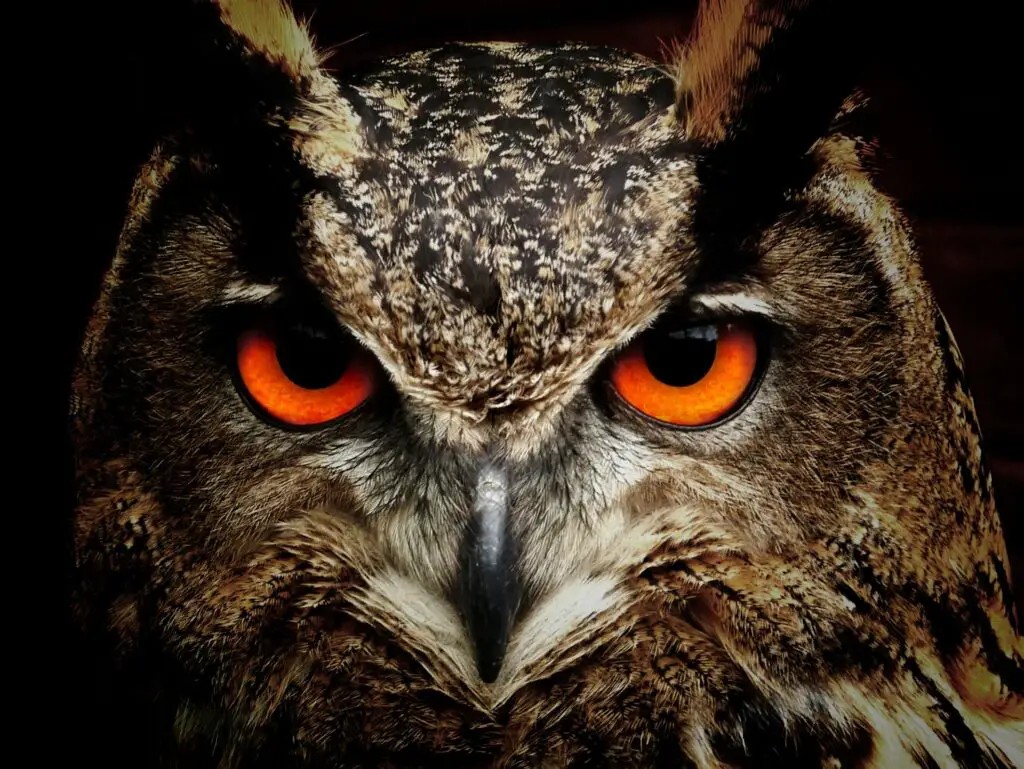
In the Middle Ages, many believed owls weren’t birds at all but witches transformed to move silently through the night. This idea came from the owl’s eerie ability to fly almost noiselessly, making them appear supernatural. Their glowing eyes in moonlight only added to the suspicion, as villagers were convinced they were spying familiars. Legends told of witches gathering in covens, shape-shifting into owls to sneak into homes or fields. Some even thought witches would use owl cries to cast curses on their enemies. Fear of sorcery was so widespread that even the mere presence of an owl could strike terror. In some communities, spotting an owl near your house was enough to accuse someone of witchcraft. The bird became a scapegoat in times when people needed someone, or something, to blame.
Of course, owls weren’t witches, but their nocturnal behavior didn’t help their case. Seeing a bird that rarely appeared by day but suddenly emerged under cover of night made it feel suspicious. Superstitions surrounding witchcraft tied owls to darkness and secrecy, branding them unnatural. Some cultures even developed charms or prayers specifically to protect against “witch-owls.” These myths stuck partly because owls were hard to study in the days before science explained their habits. The secrecy of their lives allowed imaginations to run wild. People were more willing to accept a supernatural explanation than a natural one. Even today, owls still pop up in Halloween imagery as companions of witches, a leftover from these old fears.
3. Owls and Ghostly Souls
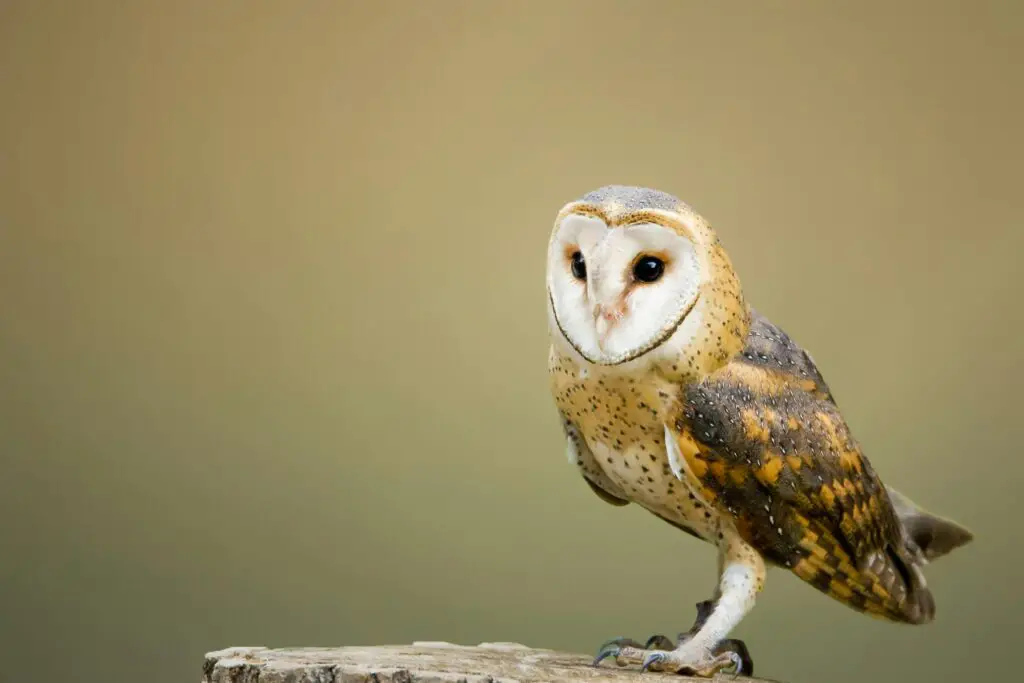
In some traditions, people believed owls were actually the restless souls of the dead. Their silent flight and haunting eyes made them feel otherworldly, as though they were watching from beyond. Myths circulated that owls carried the spirits of the recently deceased, guiding them into the afterlife. The idea was especially common in cultures where the bird’s nighttime habits were seen as unnatural. The chilling cries of certain species added to the illusion that a lost soul was crying out. People feared that an owl lingering nearby meant their own spirit might soon leave their body. In some cases, families even performed rituals to banish the bird from the area. Generations passed down the notion that owls lived halfway between the land of the living and the dead.
While poetic, the truth is much simpler. Owls hunt mostly at night, and their eerie appearances sparked imaginations already primed with fear of death. People connected their midnight calls to ideas of ghosts and restless spirits. These myths gave families a story to explain the unknown sounds outside their windows. Instead of scientific curiosity, superstition took root. The connection between owls and souls became so strong that storytellers leaned into it for generations. Ghost stories often included owls as a backdrop, cementing their reputation as keepers of the afterlife. Even today, you’ll hear references to owls when people talk about omens and spirits.
4. Owls as Protectors of the Underworld
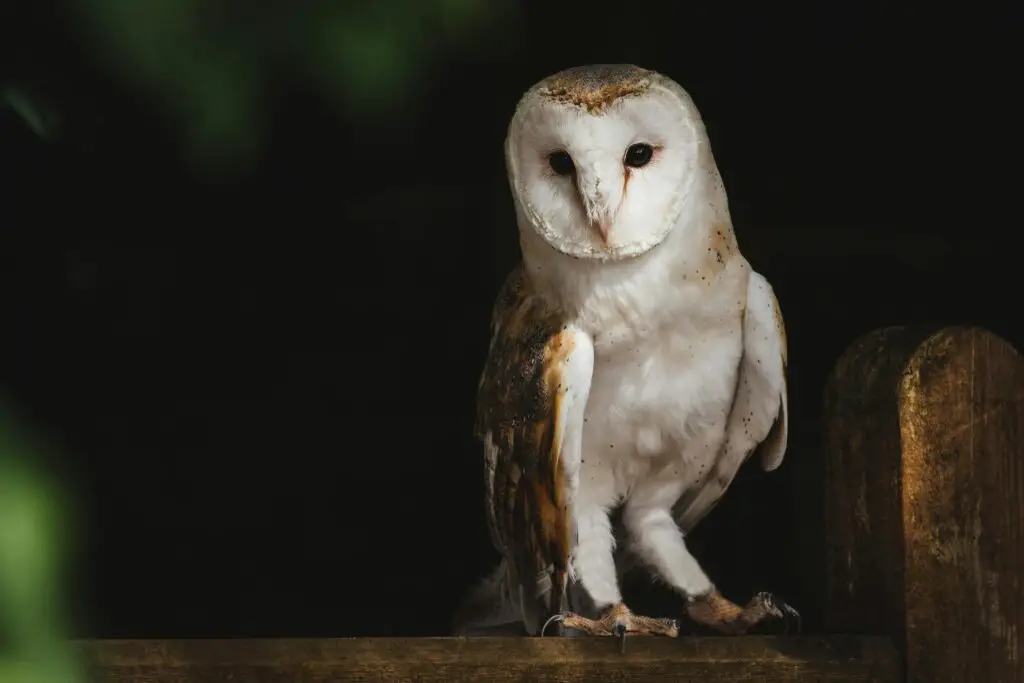
Not all myths painted owls as pure evil—some cultures saw them as guardians of the underworld. Ancient Greeks connected the owl with Hades, the god of the dead, believing the bird guided souls safely. This idea stemmed from the owl’s ability to see in the dark, which felt like a metaphor for navigating death’s unknown path. Myths said owls could cross freely between worlds, a skill humans envied and feared. While unsettling, some people took comfort in the idea that owls were escorts, not enemies. They were thought to watch over graveyards to keep evil spirits away. This gave them a dual reputation, part terrifying and part protective. People respected them, but they rarely wanted them too close.
The protective angle helped balance the darker myths, but it was still wrapped in fear. Even as guardians, owls were tied to death and shadow, never to life and light. Their presence in burial rites in some ancient traditions gave them an aura of sacredness. Yet, they were never domesticated or openly celebrated, since their world was thought too mysterious. People admired their role but kept their distance. Generations later, this myth carried over in stories where owls were cast as wise but mysterious beings. The underworld link made them more complex than simple villains. Their place at the boundary between life and death made them both feared and revered.
5. Owls as Weather Omens
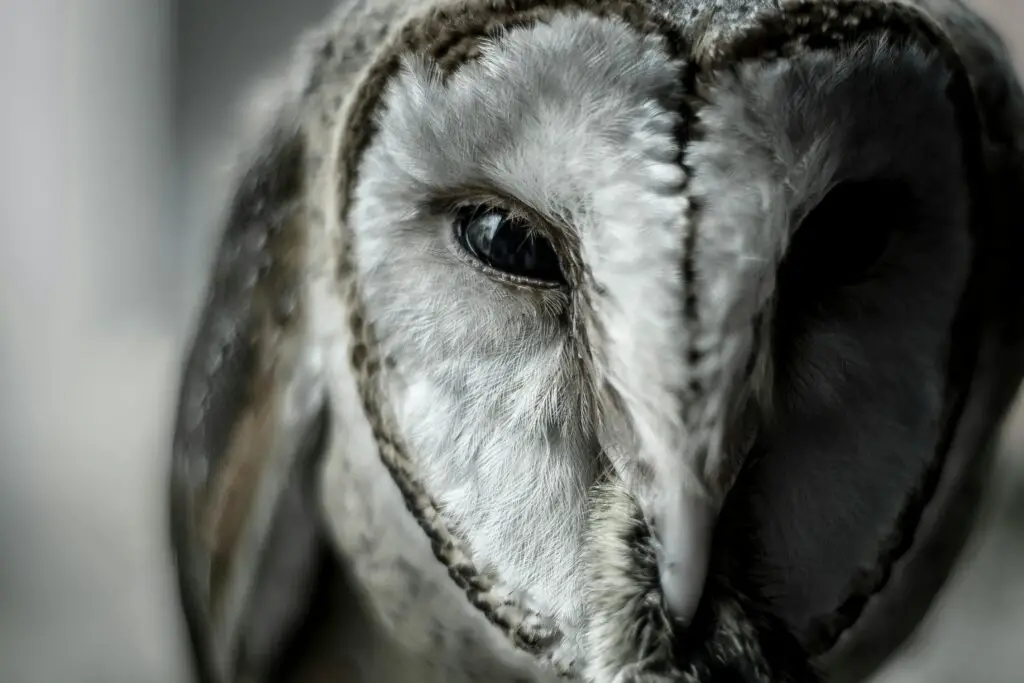
Before modern meteorology, people turned to animals to predict the weather, and owls weren’t spared. In some rural traditions, hearing an owl hoot three times was thought to signal an incoming storm. Other cultures claimed owls calling meant drought or famine was on the way. Their timing at night and their haunting sound seemed to foretell shifts in the environment. Generations relied on these birds as early warning systems, even if the predictions were inconsistent. Owls became tied to fear of natural disasters because people needed explanations. Their presence during eerie, stormy nights only strengthened the belief. Villagers passed down stories of owls predicting terrible changes in weather.
In truth, owls often call more actively before storms because prey is moving. Small animals may scurry around before the weather shifts, giving owls an advantage. This natural behavior fed into the myth, but it wasn’t mystical. People living closer to nature made patterns out of what they observed, even when coincidental. The owl’s call, tied to bad weather, seemed like proof of their prophetic powers. Though science replaced superstition, many old sayings about animals predicting storms still linger. Owls, with their unsettling cries, became natural scapegoats for whatever came next. The myths may not be accurate, but they reveal just how carefully people once listened to the night.
6. Owls Bringing Bad Luck in Hunting
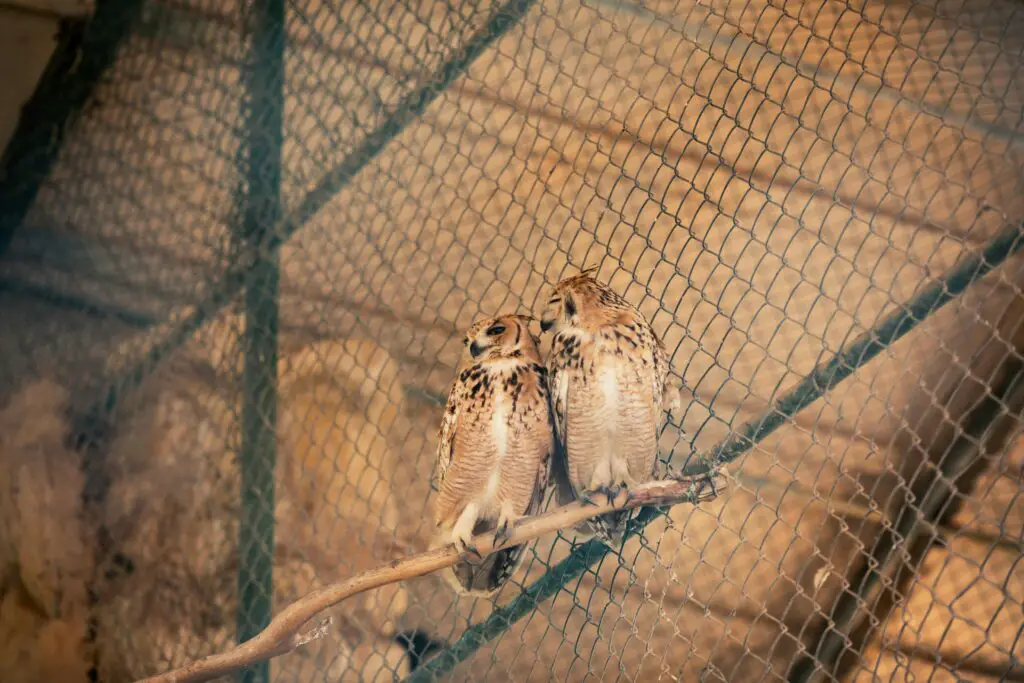
In some hunting communities, seeing or hearing an owl before a hunt was seen as a sure sign of failure. People believed the owl’s presence scared off all other animals, ruining the day’s work. This myth likely grew because owls themselves were skilled hunters, silently moving through the woods. The idea that they dominated the night spread to daytime fears, casting them as bad luck charms. Stories warned hunters not to venture out if they heard an owl first. Otherwise, their arrows would miss, or game would vanish. Owls became rivals in people’s minds, creatures that controlled the forest’s fortune. Generations passed this myth along, tying owls to ruined hunts.
The irony is that owls often indicate a healthy ecosystem full of prey. Their presence means there are rodents, rabbits, and other animals nearby. But instead of seeing them as signs of abundance, hunters misread them as threats. Superstition painted them as competitors determined to keep humans from success. It was easier to blame an owl than accept bad luck or poor skill. Over time, owls became unlucky companions for hunters, despite being powerful hunters themselves. Today, the myth has faded, but echoes remain in old sayings about unlucky hunts. Owls were simply misunderstood participants in the same natural cycle.
7. Owls Stealing Babies
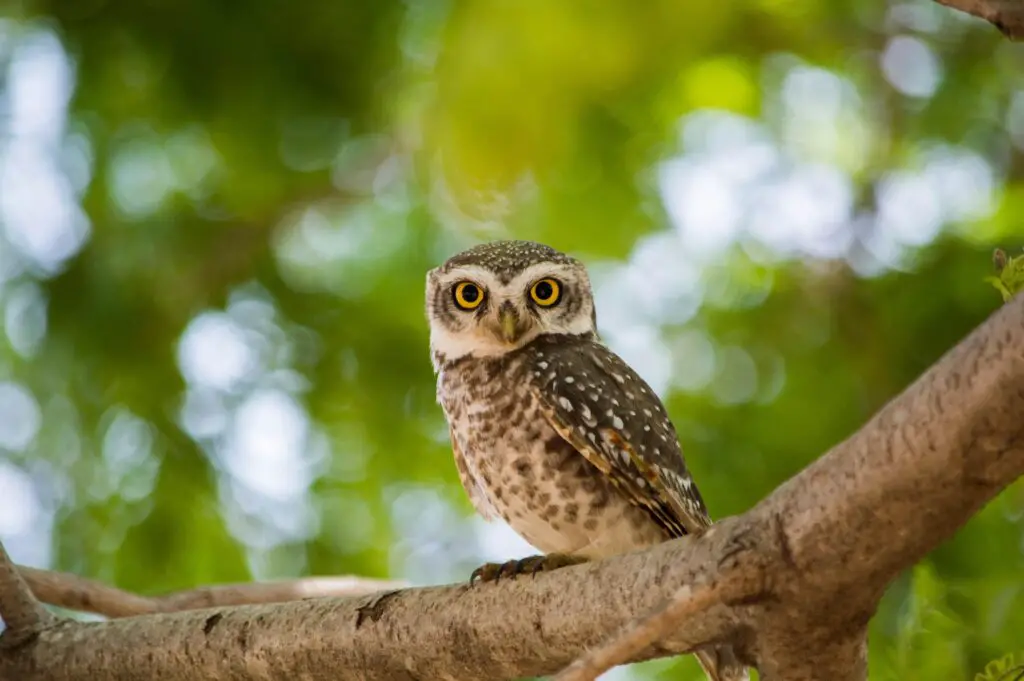
One of the darker myths accused owls of swooping into homes to steal infants. Their large wings and talons made them seem capable of carrying off small children. Villagers spread terrifying stories of owls lurking outside nursery windows at night. Parents would scare their children into staying indoors by warning that owls would take them. This belief echoed in lullabies and warnings, embedding owls into childhood fears. The myth may have stemmed from owls preying on small animals and being seen near human settlements. Their piercing stares made them seem even more predatory. For generations, children grew up believing owls were child-snatchers.
Of course, owls do not steal babies, though their size and silent flight could frighten people. The myth took root because people needed an explanation for sudden infant deaths or accidents. Blaming an owl gave families a tangible reason for tragedy. Sadly, this led to the needless killing of owls in some regions. Parents continued the stories as a way of keeping children safe at night. But the fear warped the bird’s reputation, making it more monster than animal. While the idea is chilling, it reveals more about human fears than about owls themselves. The myth shows how easily animals can become villains in our folklore.
8. Owls and the Evil Eye
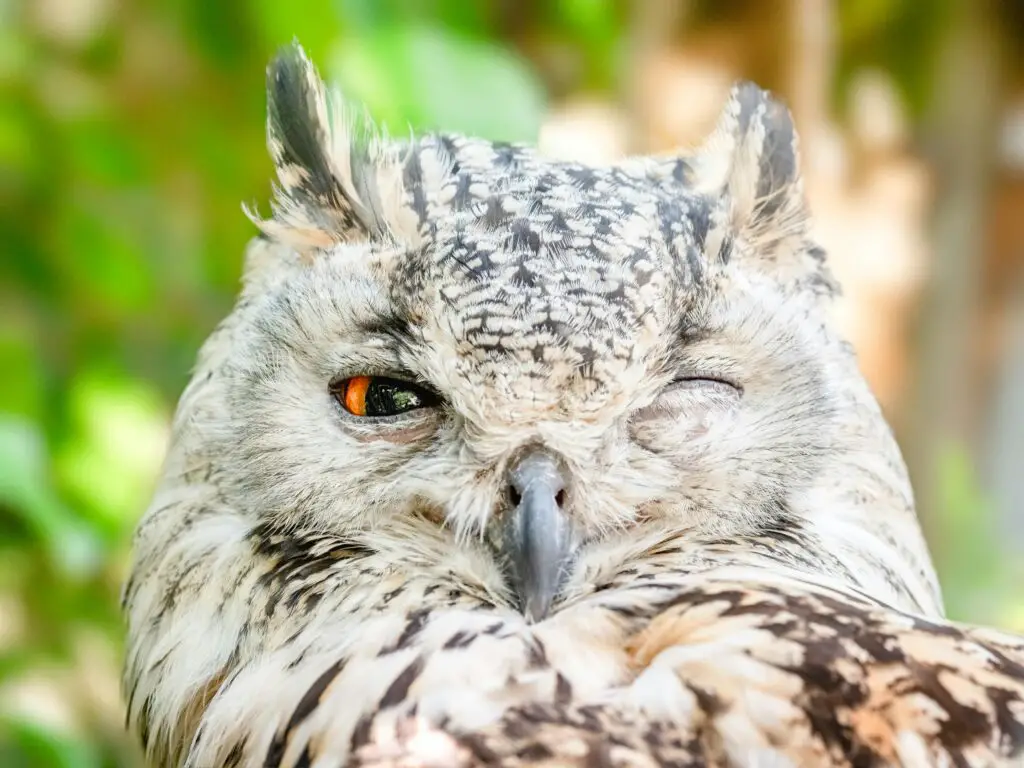
In parts of the world, owls were associated with the “evil eye,” a curse believed to cause harm or misfortune. Their forward-facing eyes, unusual for birds, made them seem unsettlingly human. People thought their stare could bring illness or disaster to anyone who crossed them. Owls perching on rooftops were considered especially dangerous, casting their gaze onto entire households. This made owls targets for persecution, as villagers feared their supernatural power. People invented rituals to protect themselves, from charms to burned herbs. Owls’ silent observation at night made it easy to believe they were casting curses. Their natural behavior was turned into something sinister.
The idea of the evil eye already existed in many cultures, so owls became natural symbols for it. Their penetrating gaze fit the idea of a curse delivered through sight. Instead of admiring their unique eyesight, people treated it as threatening. Misfortune that followed an owl sighting seemed like proof of their curse. It was superstition reinforced by coincidence, not fact. Over time, owls became linked not just to death but to all manner of bad luck. While we now know their gaze is adapted for hunting, the myth shows how unsettling features can inspire fear. Owls’ intense eyes became a curse in the minds of those who didn’t understand them.
9. Owls as Spirits of Warriors
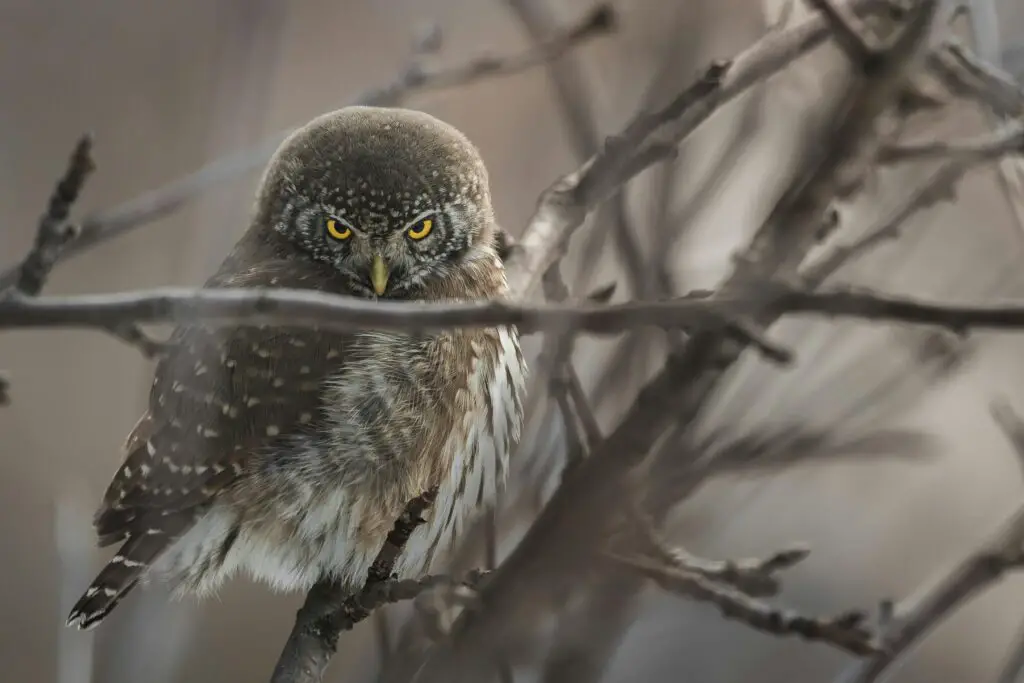
Some cultures believed owls carried the spirits of fallen warriors. Their piercing cries were thought to echo the voices of the dead, warning the living. Warriors were said to return in owl form to watch over their communities. This gave owls a complicated role, both feared and respected. They represented strength but also loss. In times of war, people listened for owls, thinking they carried messages from beyond. Their cries were taken as warnings to prepare for battle or to honor the dead. Owls became living reminders of human mortality.
The myth tied owls deeply to cultural identity in places where war shaped daily life. Seeing an owl wasn’t just about nature—it was a sign that ancestors were near. The idea made them symbols of loyalty and continuity, though still wrapped in mystery. They weren’t evil in this version, but their presence was heavy with meaning. The sound of an owl could unite a community in respect for the past. These myths turned the birds into more than animals—they became vessels for memory. While the belief has faded, owls remain associated with wisdom and vigilance, echoes of their warrior spirit past.
10. Owls as Messengers of the Devil
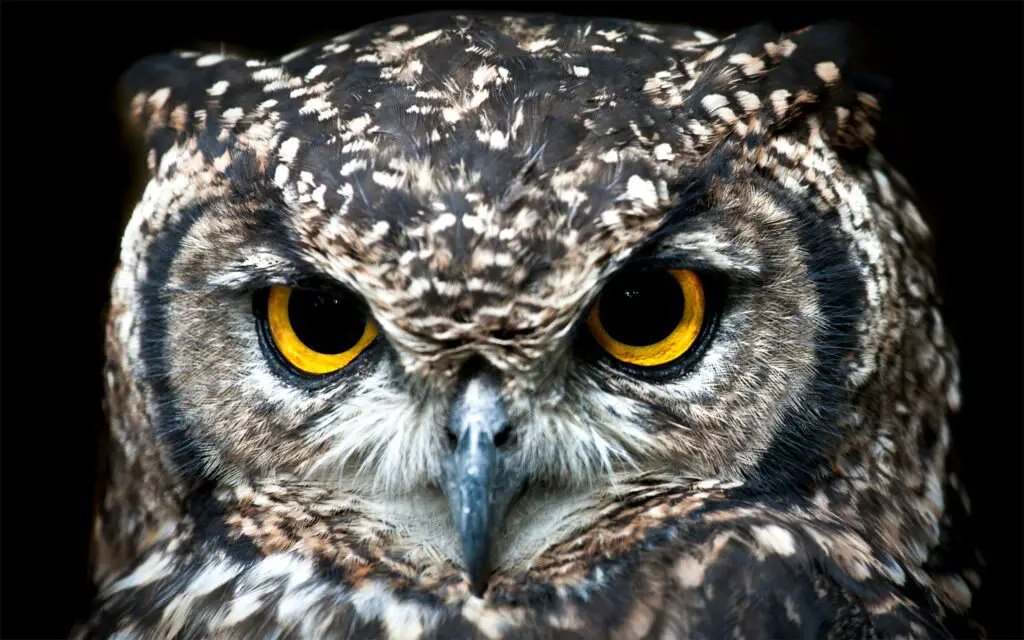
In some Christian folklore, owls were believed to be messengers of the Devil himself. Their nocturnal habits and eerie cries fit neatly into stories about Satan’s creatures. Seeing an owl was thought to mean temptation or disaster was near. Farmers especially feared owls because they believed they cursed livestock. Owls’ association with darkness only cemented their role in demonology. They were treated as omens of sin, lurking in shadows to watch humans falter. Some even claimed they carried souls directly to hell. Owls became vilified as demonic spies in human affairs.
This belief was fueled by the church’s warnings about creatures of the night. Anything tied to secrecy or darkness was suspect, and owls fit the bill perfectly. Their unique appearance set them apart from other birds, making them easy scapegoats. People already frightened of the Devil found confirmation in the owl’s behavior. Fear justified violence, leading to owls being killed in misguided attempts at protection. Over generations, the connection between owls and Satan lingered in sermons and folktales. Today, the myth has mostly disappeared, but owls are still used as spooky symbols during Halloween. It’s a remnant of the days when their reputation was deeply tied to the Devil.
11. Owls and Transformation Myths
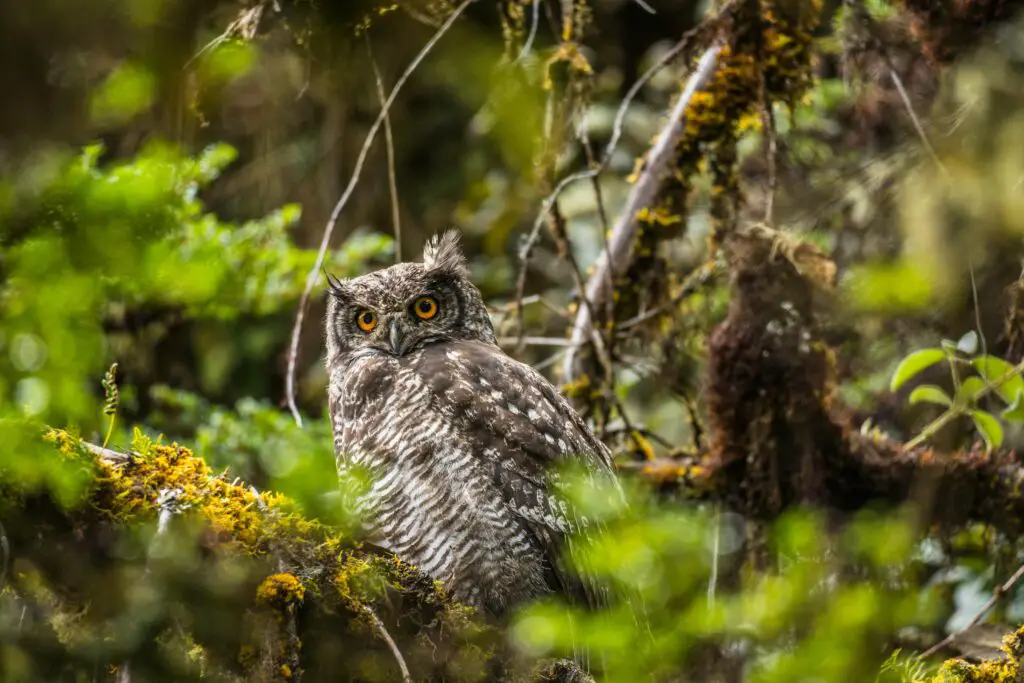
In many folk tales, owls weren’t just birds—they were humans transformed as punishment or curse. Stories told of disobedient daughters turned into owls for defying their parents. Others warned of greedy men doomed to fly silently forever. This gave owls a tragic edge, as symbols of lost humanity. Their strange cries were explained as the laments of cursed souls. These myths painted owls not as natural animals but as moral lessons. People looked at them and saw stories of what not to become. The owl became a winged reminder of human failings.
Transformation myths helped explain the owl’s odd behaviors, like being active at night. Instead of scientific reasoning, people leaned on morality tales. Owls crying in the darkness became stories of humans who couldn’t escape their punishment. The myths were cautionary as much as they were frightening. Parents used them to teach obedience and humility. Children grew up fearing they too could be transformed if they strayed. While we now see owls as fascinating creatures, past generations saw them as warnings in feathered form. The myth of transformation gave owls an eerie, sorrowful role in storytelling.
12. Owls as Thieves of the Moon
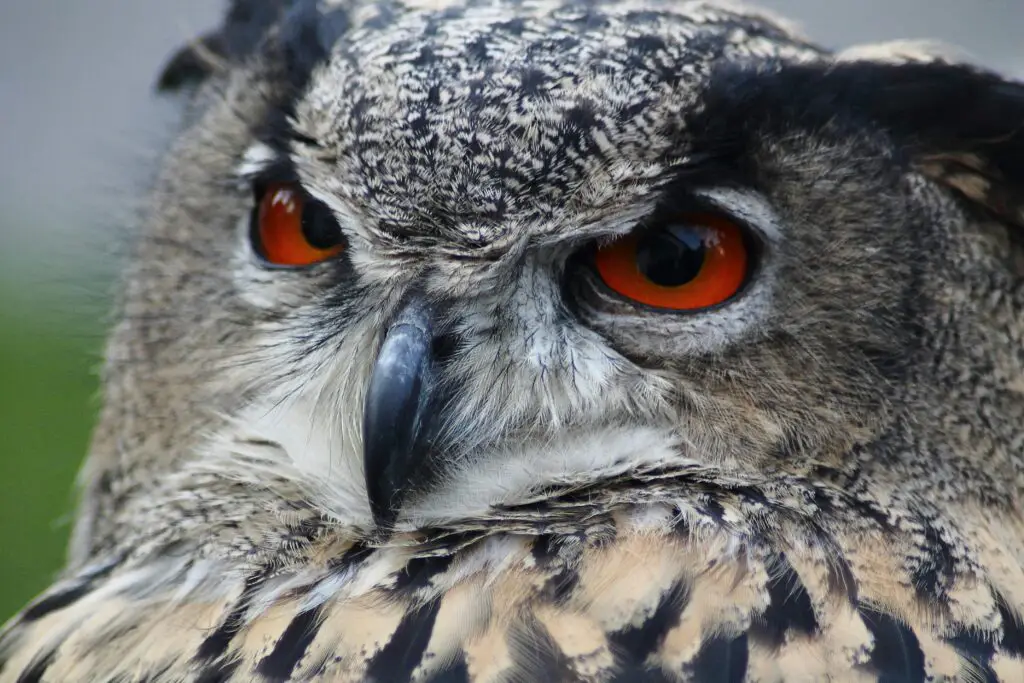
In some myths, owls were said to steal light from the moon. Their bright eyes reflected moonlight, making it appear they carried pieces of it away. People believed this explained why the moon sometimes looked dimmer or clouded. Owls became villains stealing light from the heavens. These stories gave them a cosmic importance, linking their behavior to the balance of night. Villagers told tales of owls swallowing moonbeams and hiding them in their nests. The bird’s nightly presence in open skies made the story feel plausible. It painted them as thieves of something sacred.
In truth, owl eyes glow because of their reflective layer that aids night vision. But people without science saw magic instead. The moon already carried mystical importance, so tying owls to it made sense. Every flicker or change in the moon’s light felt like proof of theft. These myths exaggerated the owl’s power, making it seem almost godlike. While odd to modern ears, it reveals how closely people linked animals to celestial events. Instead of harmless hunters, owls became part of the great mysteries of the sky. This turned their reputation into something even larger than life.
13. Owls as Bringers of Madness
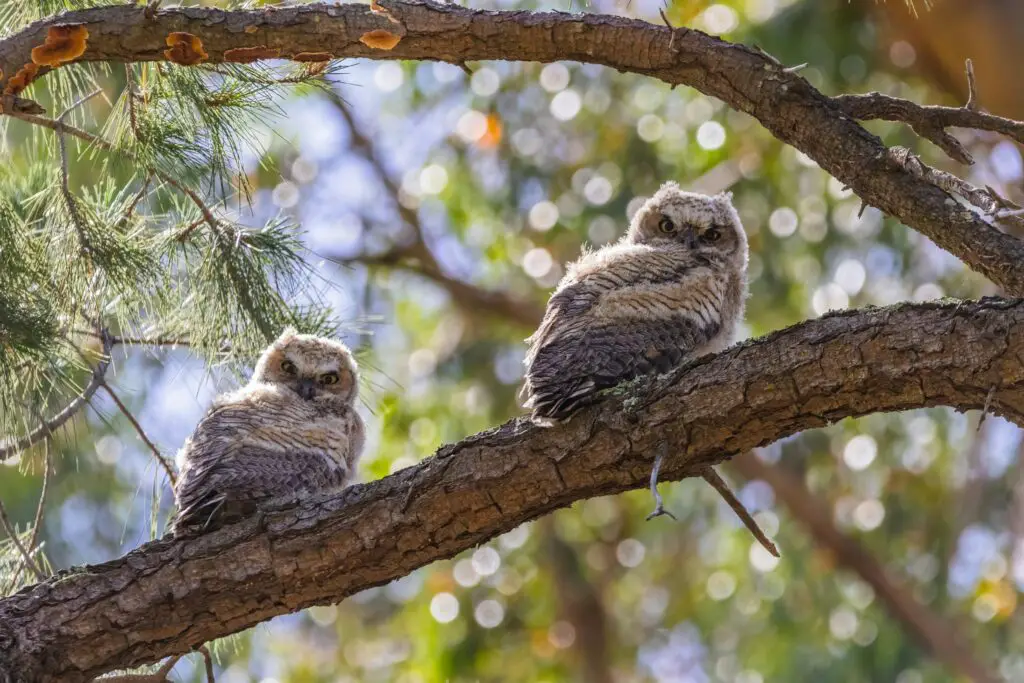
Another unsettling myth claimed that owls could drive people mad. Their endless hooting at night was thought to disturb the mind, sending listeners into delirium. Families warned children not to stay up and listen too long. Prolonged exposure, they said, would cause confusion or even possession. Owls became symbols of insanity in whispered stories. Their cries echoed too closely with human wails, fueling the belief. Night after night, the sound became a test of sanity. Owls were treated as tormentors of the human mind.
The myth may have sprung from the sleeplessness caused by owl calls near villages. Exhaustion was misinterpreted as madness. People who already struggled with mental illness were sometimes linked to owls. Their presence was blamed for conditions no one understood. Owls were convenient scapegoats for problems that had no solutions at the time. Over the years, the stories gave owls a cruel reputation as destroyers of peace. Today, we know their sounds are harmless, but the haunting quality remains. It’s easy to see why earlier generations thought they had the power to unhinge the mind.
14. Owls as Portals to Other Worlds
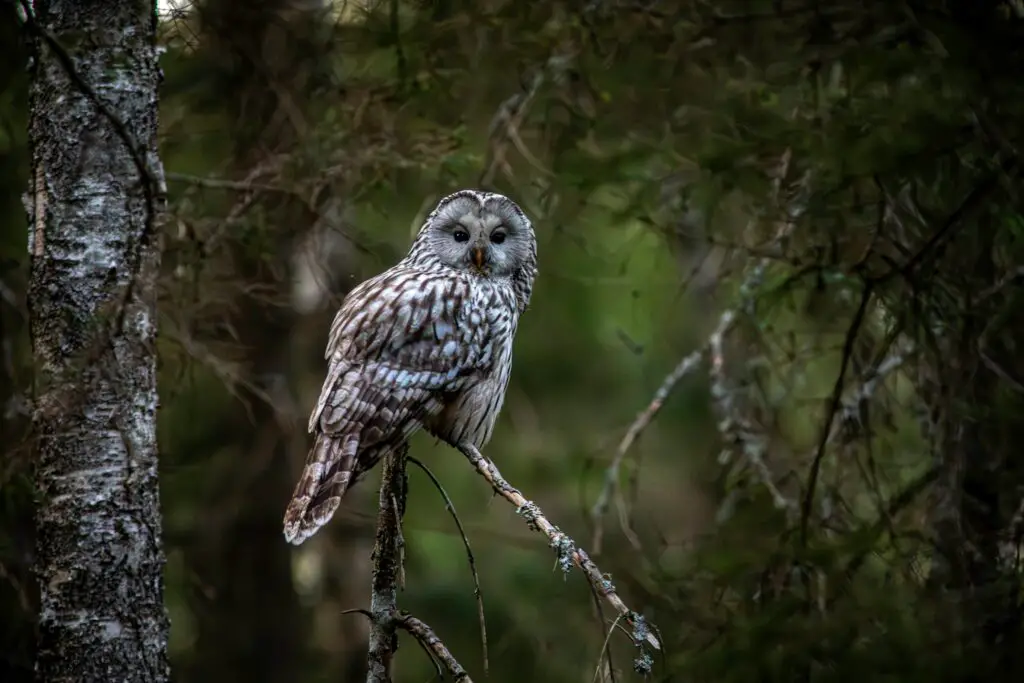
One of the most mystical myths claimed owls weren’t just creatures, but gateways to other worlds. Their ability to appear and vanish silently made people think they traveled between dimensions. Owls seen one night could be gone without a trace the next, adding to the illusion. People believed they carried knowledge from unseen realms. The stare of an owl was thought to open doors to dreams, visions, or even doom. Shamans in some traditions saw them as guides to hidden places. The bird’s presence marked the thin veil between worlds. Owls were cast as mysterious doorkeepers of reality.
This myth reflected humanity’s need to explain the unexplainable. Dreams, visions, and strange experiences were tied to the owl’s arrival. Instead of randomness, people saw owls as messengers of other dimensions. The stories turned owls into both feared and sought-after beings. Their link to magic and mystery kept them at the center of folklore. Generations retold the tales, making owls more myth than bird. While science has stripped away the supernatural, the aura of mystery remains. Owls still feel like creatures who know something we don’t, keeping the myth alive in spirit.
